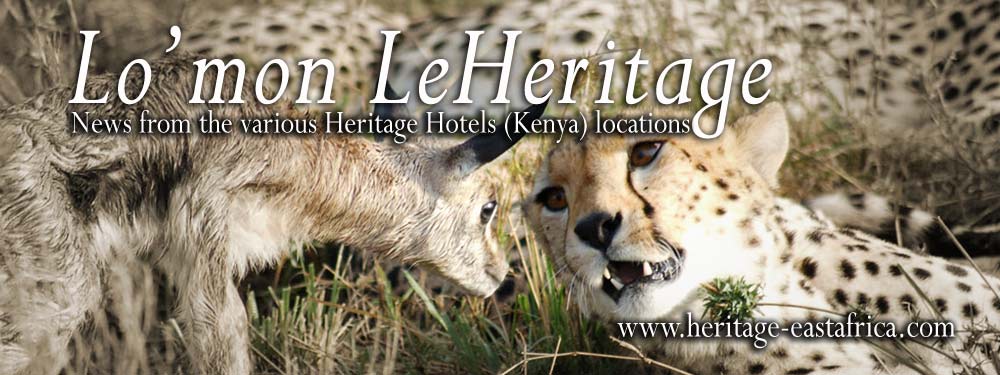
The Mara River has been active, with some zebras crossing onto the Mara triangle. The crocodiles are still enjoying a feeding frenzy, creating huge photo opportunities on what are normally deep waters. The less-than-normal rainfalls have left the water levels on the rivers lower than at this time of they year, and crocodiles are easy to spot as they drag their unfortunate prey into the deeper waters.
Other sightings:
One of the most spectacular sightings of the past week was that of six nomadic male lions on Paradise Plain near the migration crossing point. It has been many years since such a coalition of males was seen together. Nomadic males will only come together to consolidate their strength, to ward-off competition for food and to increase their chances of taking over a new pride and territory - whose dominating males will not let go easily.
Some of our repeat guests at Mara Intrepids, Valmik Thapar and Chandu Shah with their families, got bonus experience for their week's stay. The Ridge Pride killed a wildebeest at Olare-Orok River in their full view! Chandu's daughter, Sonal, an upcoming photographer on her first stay at Mara Intrepids was very excited. In her own words, "In 8 days, we sighted 10 leopards, including one complete leopard kill which was amazing"!!!!
There was an improved sighting of leopards over the week, with a sighting every day. Bella
 who has been our main star over the last few years, and Olive, who we have been covering lately, were spotted along the Talek and Olare-Orok Rivers. There is a new leopard along Ntiakitiak River with two small cubs. She was seen for a few days at the same place near the Double Crossing point with a kill up in a tree, while another young female was seen at Paradise Plains with a kill near the main crossing.
who has been our main star over the last few years, and Olive, who we have been covering lately, were spotted along the Talek and Olare-Orok Rivers. There is a new leopard along Ntiakitiak River with two small cubs. She was seen for a few days at the same place near the Double Crossing point with a kill up in a tree, while another young female was seen at Paradise Plains with a kill near the main crossing.Cheetahs were the most elusive the past week, with our guests seeing only a few. However, our guides promise things will improve with the expected arrival of more animals into the park.
Paul Kirui, Lead Safari Guide, Heritage Hotels
Migration%20Map%20-%20June262008-web.jpg



